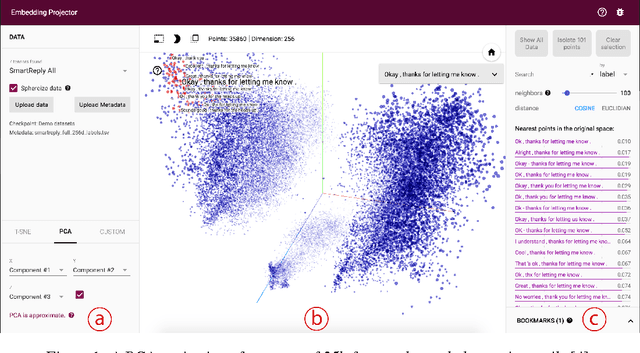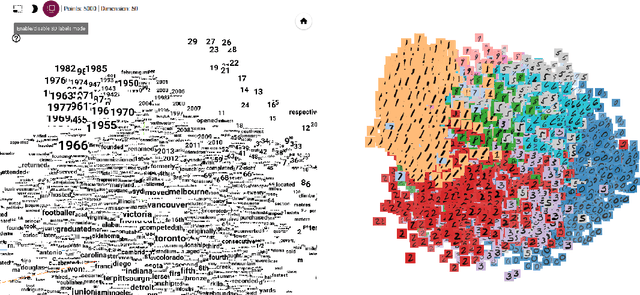Fernanda B. Viégas
Relational Composition in Neural Networks: A Survey and Call to Action
Jul 19, 2024Abstract:Many neural nets appear to represent data as linear combinations of "feature vectors." Algorithms for discovering these vectors have seen impressive recent success. However, we argue that this success is incomplete without an understanding of relational composition: how (or whether) neural nets combine feature vectors to represent more complicated relationships. To facilitate research in this area, this paper offers a guided tour of various relational mechanisms that have been proposed, along with preliminary analysis of how such mechanisms might affect the search for interpretable features. We end with a series of promising areas for empirical research, which may help determine how neural networks represent structured data.
Direct-Manipulation Visualization of Deep Networks
Aug 12, 2017



Abstract:The recent successes of deep learning have led to a wave of interest from non-experts. Gaining an understanding of this technology, however, is difficult. While the theory is important, it is also helpful for novices to develop an intuitive feel for the effect of different hyperparameters and structural variations. We describe TensorFlow Playground, an interactive, open sourced visualization that allows users to experiment via direct manipulation rather than coding, enabling them to quickly build an intuition about neural nets.
Embedding Projector: Interactive Visualization and Interpretation of Embeddings
Nov 16, 2016

Abstract:Embeddings are ubiquitous in machine learning, appearing in recommender systems, NLP, and many other applications. Researchers and developers often need to explore the properties of a specific embedding, and one way to analyze embeddings is to visualize them. We present the Embedding Projector, a tool for interactive visualization and interpretation of embeddings.
 Add to Chrome
Add to Chrome Add to Firefox
Add to Firefox Add to Edge
Add to Edge